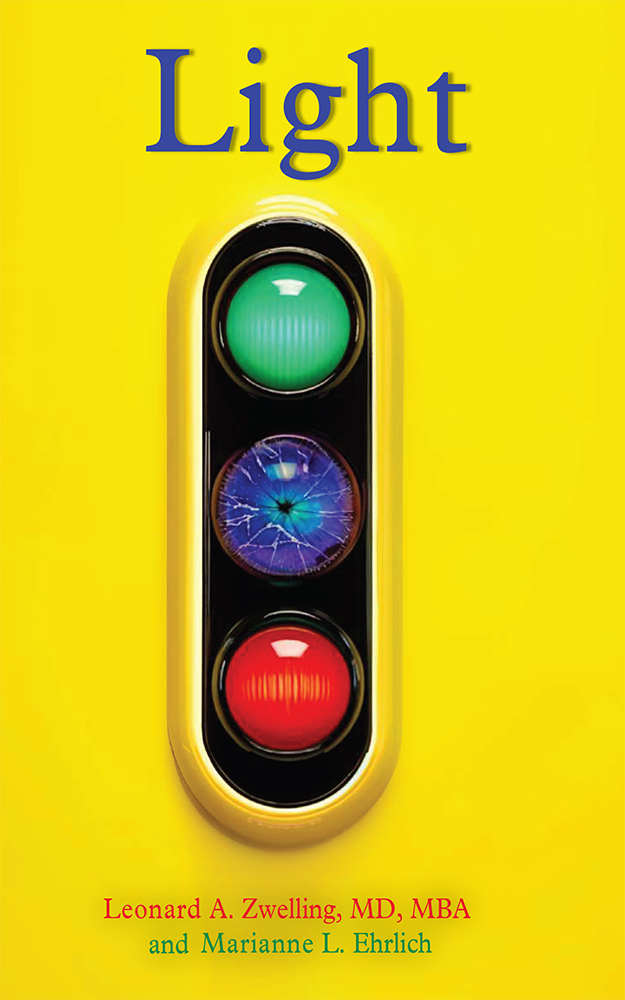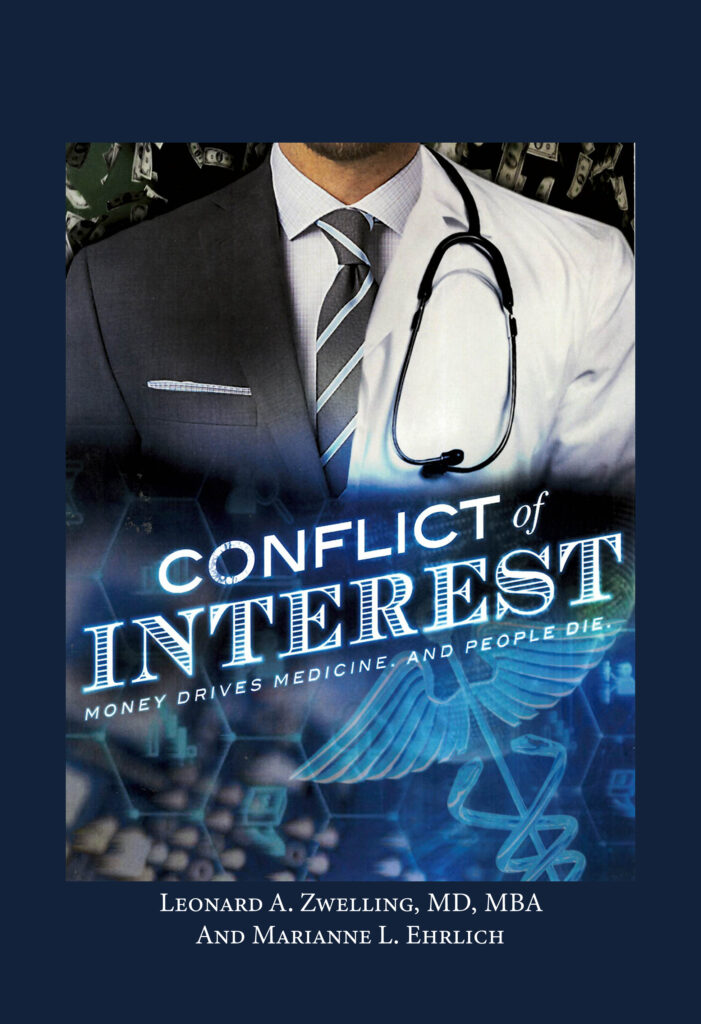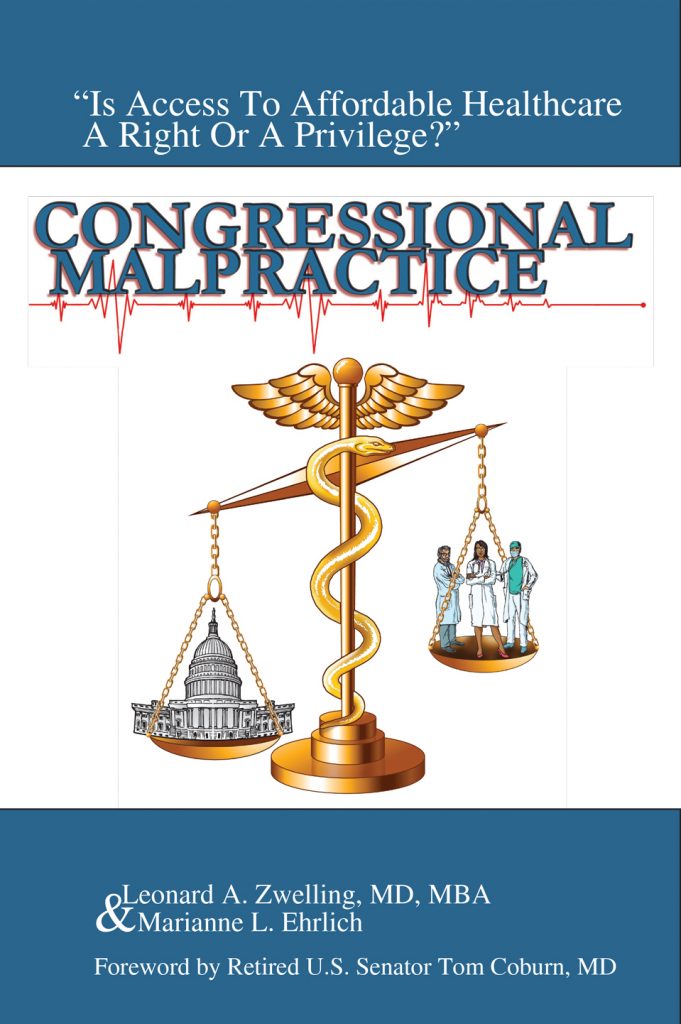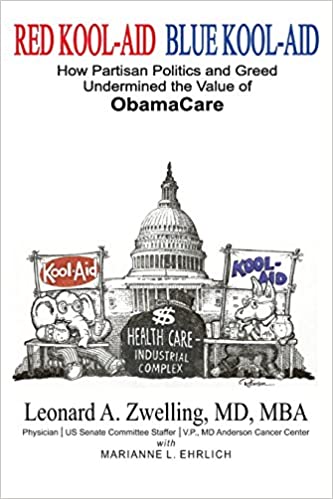Personally, I Like Small
By
Leonard Zwelling
I’ve lived in Texas for 41 years. I am well aware that Texans pride themselves in being big about most things from tomahawk steaks to rodeos to West Texas women’s hair. Actually, I am very fond of this Texas mind set about bigness. It is kind of fun, but not when it comes to my dealings with the world. There, I like it small.
Perhaps some of you are familiar with the New York Bagel Shop on Hillcroft. That venue was started by the brother of a high school classmate of mine and my high school classmate’s husband. I often asked the latter why he did not expand and have more sites around Houston. He always was concerned with maintaining the quality of his product and felt he could not over see that quality if there was another site. Recently, he sold the business and the new owners established another site here in Bellaire. It started with an attached restaurant. That had to close, but the bakery is still there and great. Quality control at the bakery, few takers at the restaurant.
Readers know that I avail myself of a concierge physician. There is not an impenetrable wall of robots on his phone when I call. I get his scheduler personally. I can always reach him directly by email, text, or through his portal. Small and great care.
I do not remember the last time I went to the Galleria. It’s way too big for me even as there are small stores within. Rather, when I need a gift for the BW or some other item not available on the web, I go to small, standalone stores where I get good service from knowledgeable personnel.
This used to be how health care was delivered and consumed. Growing up, I had a family physician who was in private practice by himself. His wife was both his receptionist and his nurse. He had to heat- sterilize the syringes with which he administered my allergy shots. No disposables then. He once sewed up my forehead on a weekend night when I split it open tossing a football around with my sister. The ball hit a glass fixture which came down on my head. That sort of medicine is long gone.
But then, in 1984, I came to MD Anderson. Let me see if I can describe this long-lost place. It was known as the Pink Palace because it was constructed from pink marble that shone like the Texas sun to founder Dr. R. Lee Clark. Dr. LeMaistre was president when we got here after having been Chancellor of UT. Dr. Freireich was still a major force in oncology as was Jordan Gutterman, Gerry Bodey, Sid Wallace, a host of medical oncologists, and some incredible leukemia docs like Mike Keating. The next generation of greatness surrounded me from Chris Logothetis to Hagop Kantarjian to Razelle Kurzrock to Fernando Cabinillas to Bart Barlogie and many more. What’s more is the place was small enough that I could know them all. We were a very tightly knit faculty. My boss then was Irv Krakoff who was recruiting and promoting exceptional clinical investigators. It was an exciting place and time.
No one talked about making money by seeing more patients. No one even talked about money nor worried about referring a patient to a colleague and losing some income. In fact, Dr. LeMaistre was spending money like crazy to recruit all of us (Ki Hong, Bernard Levin, Jim Abbruzzese, Raph Pollock, Jim Cox, David Hohn, and others) and great basic scientists like Margaret Kripke, Josh Fidler, and Bill Lennarz. By the criteria of other hospitals in the Texas Medical Center, MD Anderson was small and focused like a laser beam on cancer research and cancer care. It was always a major cancer center, but it was always self-contained.
Today, MD Anderson has 26,000 employees on Holcombe alone although I suspect a great many work from home despite having offices in a half-filled, boat-shaped administration building. The push to translate high volume patient care into dollars has gotten so great that Saturday hours have had to be utilized. I would love to know what percentage of IRB-approved clinical trials are investigator-initiated and/or institutionally-supported today. When I was VP that number was high. Now, I suspect 75% or more of the trials are industry-sponsored. That is the way of the world. Big Pharma runs the show now.
MD Anderson is no longer just on Holcombe. There are Houston-area locations and at least seven affiliations with patient care institutions outside of Houston. Do they really give the same quality care as MD Anderson on Holcombe? Who knows?
My only point is that if outstanding quality control is an issue in bagel making that requires limiting the number of sites where you make the bagels, perhaps that is also true with cancer care. For now, I am happy to get my blood drawn at an MD Anderson site in Bellaire. The rest of my care at Anderson will remain on Holcombe. It may not be small, but the personnel there still treat you like they did back in 1984—very well. Someone must remember.




